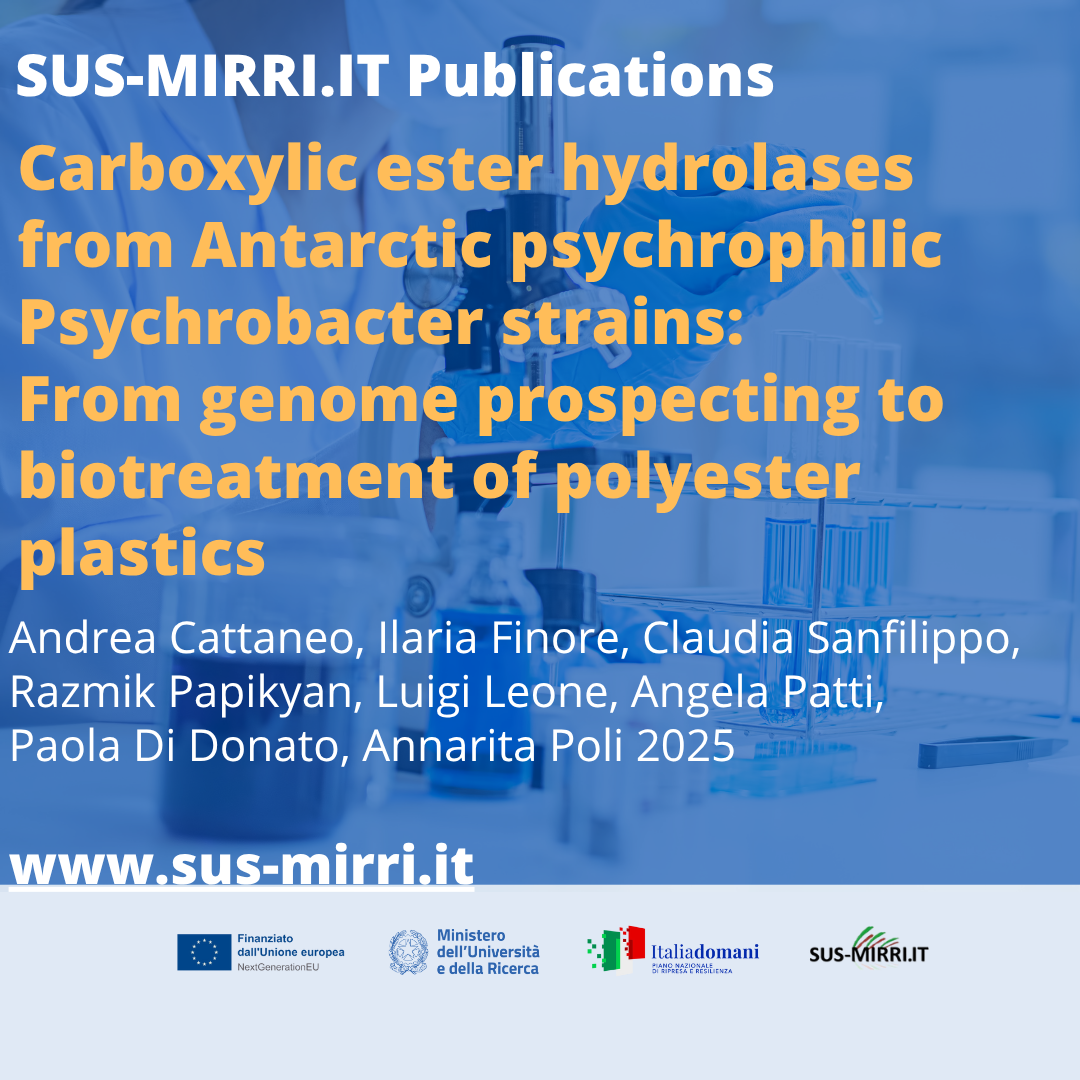Abstract
Background
Antarctica can serve as the source of novel extremophilic microorganisms and biomolecules, including extremozymes which could find applications in bioremediation processes for the presence of enzymes able to degrade plastic polymers. Carboxylic ester hydrolases (EC 3.1.1) catalyze the hydrolysis of linear and cyclic ester bonds. Among these, esterases (EC 3.1.1.1) and triacylglycerol lipases (EC 3.1.1.3) have been shown effective in degrading polyester polymers.
Investigation and methodologies
Two psychrophilic bacterial strains ASPA161_6 and ASPA161_9 were isolated from environmental samples, and their optimal growth conditions were determined. The marine sediment samples were collected at a depth of 20 m in the Antarctic Specially Protected Area n. 161 (74°42′ S, 164°07′ E, Ross Sea) during the 2017/2018 XXXIII Italian Antarctic expedition. Genomes were sequenced, assembled and annotated. Genes encoding for proteins involved in cold adaptation were searched with an in-silico search approach. Moreover, the sequences of genes involved in the degradation of polyester plastics were studied through the annotation via PlaticDB tool. Esterase and lipase activities were also detected in-plate and quantitatively evaluated at different temperatures on crude protein extracts from the extracellular fraction of the microorganisms using a specific assay based on the hydrolysis of p-nitrophenyl esters. Furthermore, the same fractions were tested onto the polymer polyethylene adipate as a model of biodegradable polyester plastic. The degradation studies with polyethylene adipate were performed following the reaction progress with 1H NMR.
Results and discussion
Based on digital DNA–DNA hybridization and average nucleotide identity values, the two new isolates were assigned to the Psychrobacter genus. A comprehensive annotation ….. CONTINUE READING AT: https://www.sciencedirect.com/science/article/pii/S0960852425010181?via%3Dihub



